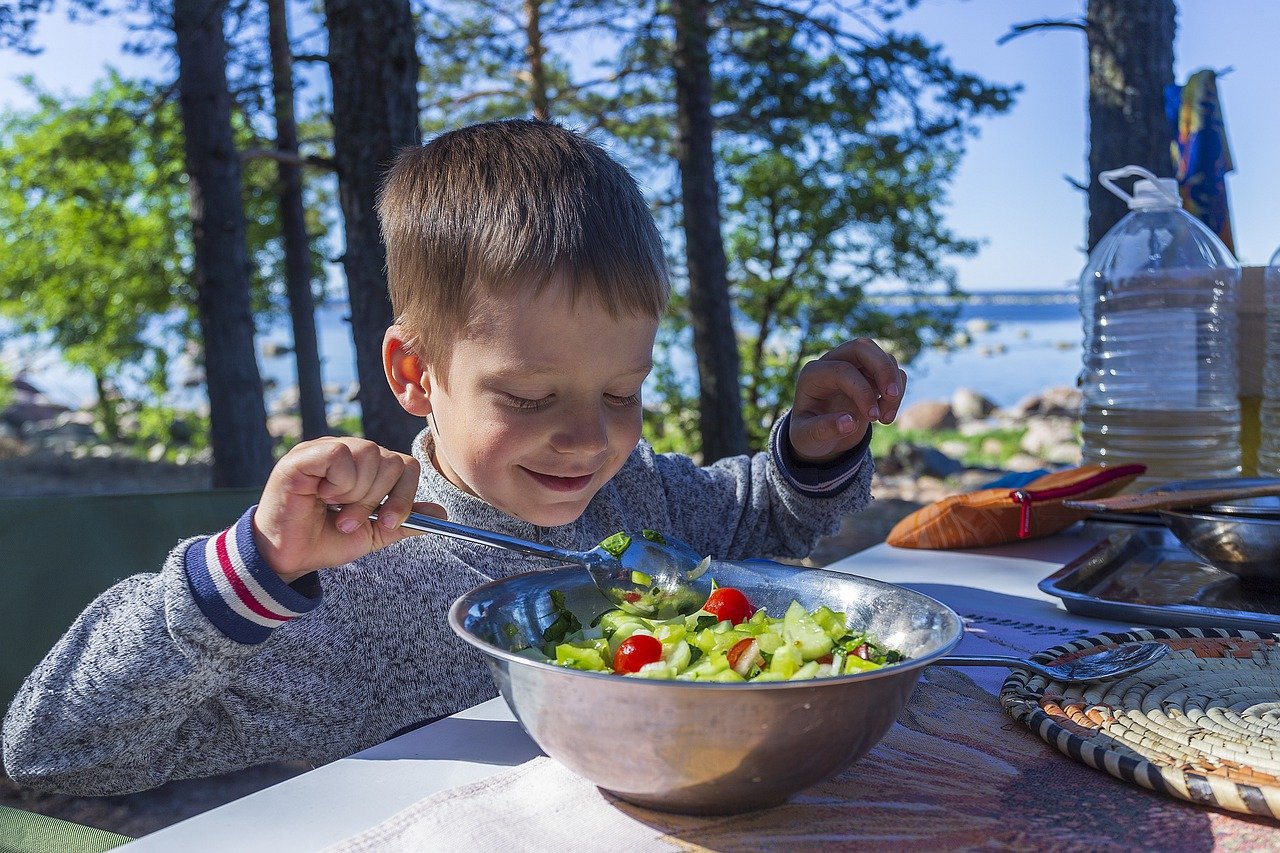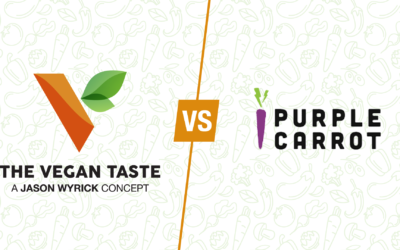If you’re a parent, you know it can sometimes be an uphill battle to get an infant or toddler to eat anything, much less something healthy. But what if you want your kids to eat a plant-based diet? It’s an excellent goal, and we commend you for putting your children’s health first. Of course, it might help to have a few tricks and tools in your back pocket to keep the little ones engaged with this healthy lifestyle. And it’s not just little kids! Even school-aged kids and teens sometimes need a little encouragement to make smart choices when it comes to their nutrition.
The Benefits of a Plant-based Diet
There are so many positives associated with reducing animal products in your diet, and those extend to your children as well. Obviously, it’s better for the environment and a more sustainable lifestyle, but there are numerous health benefits too. These may include:
- Lower blood pressure. This affects kids as well as adults, especially young people who are overweight.
- Preventing type 2 diabetes. Another lifestyle disease associated with poor diet and obesity, type 2 diabetes affects about 244,000 children and teens.
- Weight reduction. Since obesity is a leading factor in other childhood (and adult) health problems, when you get kids to eat a plant-based diet, you help them avoid this issue altogether.
- Decreased risk of cancer. Starting kids early instills great habits that can help them throughout their lives.
- Stronger brains. Children are constantly learning and feeding their brains with great fuel, which will help them stay focused at school.
So how do you get your kids on this healthy kick?
Get Kids to Eat a Plant-based Diet—by Age
Kids are hard-wired to have fun, and they love being involved. To get kids to eat a plant-based diet, have them be part of the planning. It can start early and continue into their teens. There’s really no bad time to start a healthy lifestyle.
For Infants
As infants are learning to eat solid foods, make their baby food at home and incorporate healthy, plant-based ingredients. This is super easy with little ones and uses standard ingredients, such as apples, bananas, pears, carrots, squash, and avocados. You can prep everything all at once and freeze homemade baby food in ice cube trays, pulling out a cube or two as needed. Either put the day’s options in the fridge the night before or microwave the frozen treats briefly (be sure not to get them too hot!). Let babies explore their food with their fingers and try feeding themselves as they’re able so they have fun with it.
For Toddlers
Toddlers are all about being helpers and making their own choices, so empower them to do just that! You can get kids to eat a plant-based diet by just offering great, yummy choices for them. It starts at the grocery store, where you can choose a color and pick fruits and veggies in that color. At home, offer toddlers a plate of the healthy foods they’ve chosen and get them involved with helping: getting things out of the fridge, putting food on their plate, and so on. They’ll be so excited about being involved, they will feel as if they’re choosing their healthy diet!
For School-aged Children
When kids turn six until they’re in their pre-teens, they are asserting their independence and can be greatly influenced by what they find at friends’ houses. Keep the choices healthy and fun. For school, try a bento box, which can be filled up with a variety of options. Make faces with their food or put “ants” (raisins) on a log of peanut butter-filled celery. And always include them in the planning.
If your kids are super picky, sneak some healthy foods into things they already love. Zucchini works great in chocolate cake, smoothies are delicious with added spinach, avocado-based chocolate pudding is completely vegan, and pureed carrots are a perfect addition to homemade pasta sauce.
For Teens
As children enter middle school and high school, they tend to eat more, and they’re usually on the go. Stock the fridge and pantry with healthy plant-based snacks such as whole-grain chips and crackers, nut butters, bite-sized fruits and veggies, squeeze applesauce, and organic bars (check ingredients to avoid extra sugar and fillers).
For dinners, get kids to eat a plant-based diet by putting the onus on them. Have teens plan, prep, and cook one meal a week—and insist it’s vegetarian or vegan. The internet is full of recipe ideas that are easy for kids to make, and this is a great lesson in not only eating healthy but budgeting and planning!
Healthy Eating is Easy with the Vegan Taste
At the Vegan Taste, we know how important it is to get kids to eat a plant-based diet. That’s why we make fresh, ready-to-heat-and-eat meals that are perfect for kids of all ages. Check out what Chef Jason is cooking this week!




